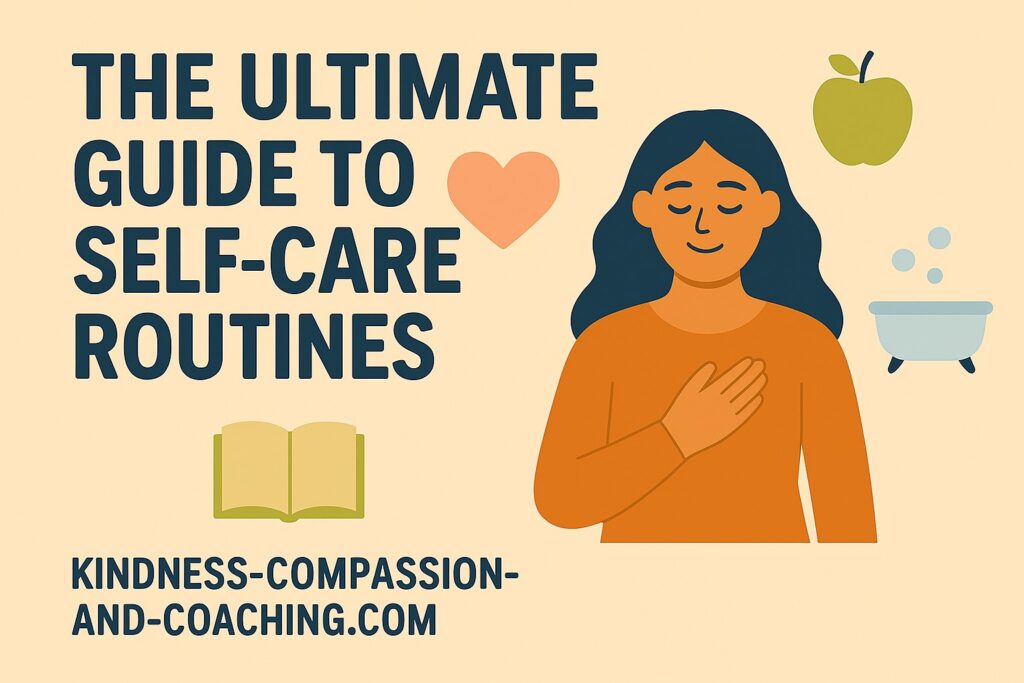Recovery from Complex Post-Traumatic Stress Disorder (CPTSD) can be a treacherous journey. As you make progress in healing and managing your symptoms, it is equally important to develop a CPTSD relapse prevention plan to help you to maintain stability and prevent setbacks during the inevitable ups and downs of your recovery journey.
Today, we discuss the significance of having a post-recovery relapse prevention plan for CPTSD and provide guidance on how to create one.
Understanding the Importance of a Relapse Prevention Plan
CPTSD relapse refers to the recurrence or escalation of symptoms after a period of stability or progress in recovery.
These relapses can be triggered by various factors, such as stress, trauma reminders, or major life changes.
Having a relapse prevention plan in place helps those with CPTSD to identify potential triggers, monitor their mental and emotional well-being, and take proactive steps to maintain stability and resilience.
How to Create a CPTSD Post-Recovery Relapse Prevention Plan
The process to develop a personalized CPTSD Relapse Prevention Plan consists of 5 major steps.
- Identify Personal Triggers: Reflect on past experiences and identify specific situations, events, or triggers that have previously led to a relapse or exacerbation of symptoms. These triggers can vary from person to person but may include certain environments, relationships, or internal thoughts and emotions.
- Develop Coping Strategies: Create a toolkit of coping strategies that have proven effective in managing CPTSD symptoms. This may include deep breathing exercises, grounding techniques, healthy distractions, mindfulness practices, or creative outlets. Experiment with different strategies. Identify which ones work best for you.
- Build a Support Network: Surround yourself with a supportive network of friends, family, or professionals who can provide emotional, practical, and professional support when needed. Share your relapse prevention plan with them, so they can offer support and remind you of your commitments to self-care and stability.
- Implement Self-Care Practices: Make self-care a priority. Identify activities that promote your overall well-being. This may include regular exercise, maintaining a healthy sleep routine, engaging in hobbies or creative outlets, practicing mindfulness and relaxation techniques.
- Establish Healthy Boundaries: Set clear boundaries with others to protect your well-being and maintain stability. Communicate your needs assertively. Learn to say no when necessary. Establish boundaries that prioritize your emotional safety and personal growth.

Strategies for Ongoing CPTSD Relapse Prevention
Keep a journal or use a relapse prevention tracking tool to monitor your mental and emotional state regularly.
Note any changes in symptoms, triggers, or stress levels.
Periodically review your relapse prevention plan to assess its effectiveness. Make adjustments as needed.
Even in times of stability, it is essential to continue receiving professional care and support.
Regular therapy sessions, check-ins, or support groups can help you navigate the challenges of relapse prevention.
CPTSD Relapse Prevention: Preserving Post-Recovery Resilience
A CPTSD relapse prevention plan serves as a roadmap to help you navigate the inevitable ups and downs of your recovery journey.
Relapses are common in the recovery process. Experiencing setbacks doesn’t indicate failure.
Instead, it highlights the resilience and determination needed to continue the healing journey.
By creating and implementing a relapse prevention plan tailored to your unique needs, you can maintain stability, effectively manage triggers, and stay on course towards long-term healing.
Respect the strength and resilience within you, and trust that you have the tools and support to navigate any challenges that may arise.
Recovery is a lifelong process. By prioritizing self-care, building a support network, and implementing your relapse prevention plan, you can continue to grow, heal, and thrive beyond CPTSD.
Stay committed to your well-being and embrace self-compassion. Celebrate every stride towards a life marked by resilience, growth, and inner peace.
Additional Resources for PTSD and CPTSD
Complex PTSD: Everything You Need to Know
PTSD, Hypervigilance and Trauma
Thank you as always for reading.
If you haven’t yet subscribed, please enter your email address so you never miss a post.
Affiliate Disclosure: Some links in this post are affiliate links. As an Amazon Associate, we earn from qualifying purchases. Thank you for supporting Kindness-Compassion-and-Coaching.com at no extra cost to you.

Joan Senio is the founder of Kindness-Compassion-and-Coaching.com. Joan’s career includes clinical healthcare plus 20+ years as an executive in a nationwide health care system and 15 years as a consultant. The common threads throughout Joan’s personal and professional life are a commitment to non-profit organizations, mental health, compassionate coaching, professional development and servant leadership. She is a certified Neuroscience Coach, member of the International Organization of Life Coaches, serves as a thought-leader for KuelLife.com and is also a regular contributor to PsychReg and Sixty and Me. You can read more about Joan here: Joan Senio.
















No Responses